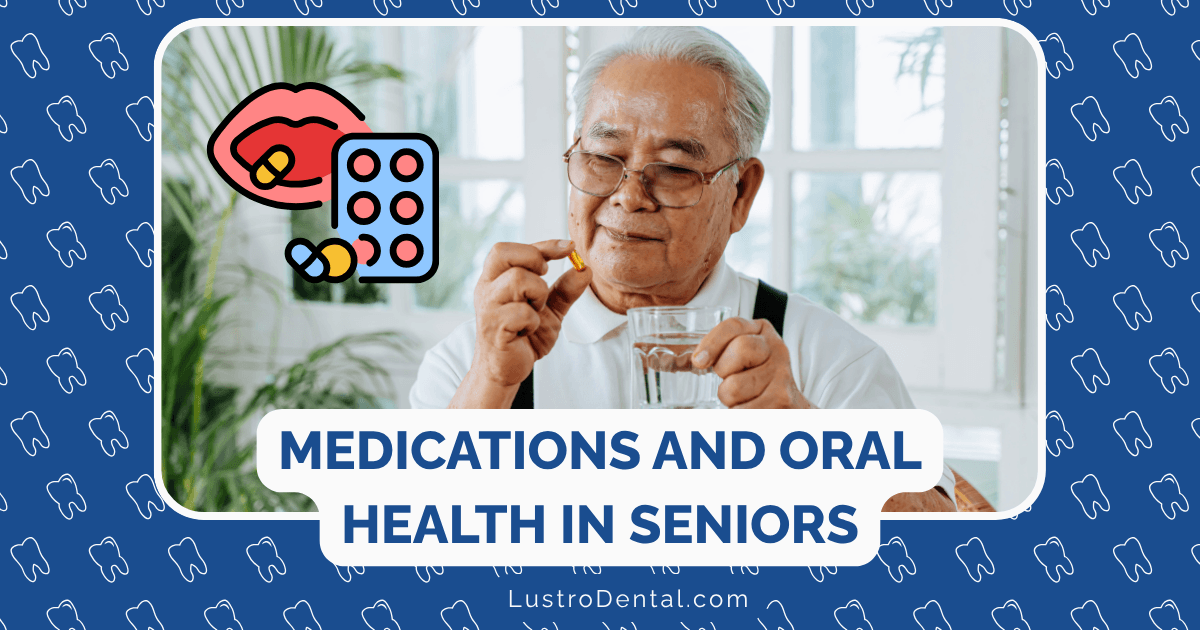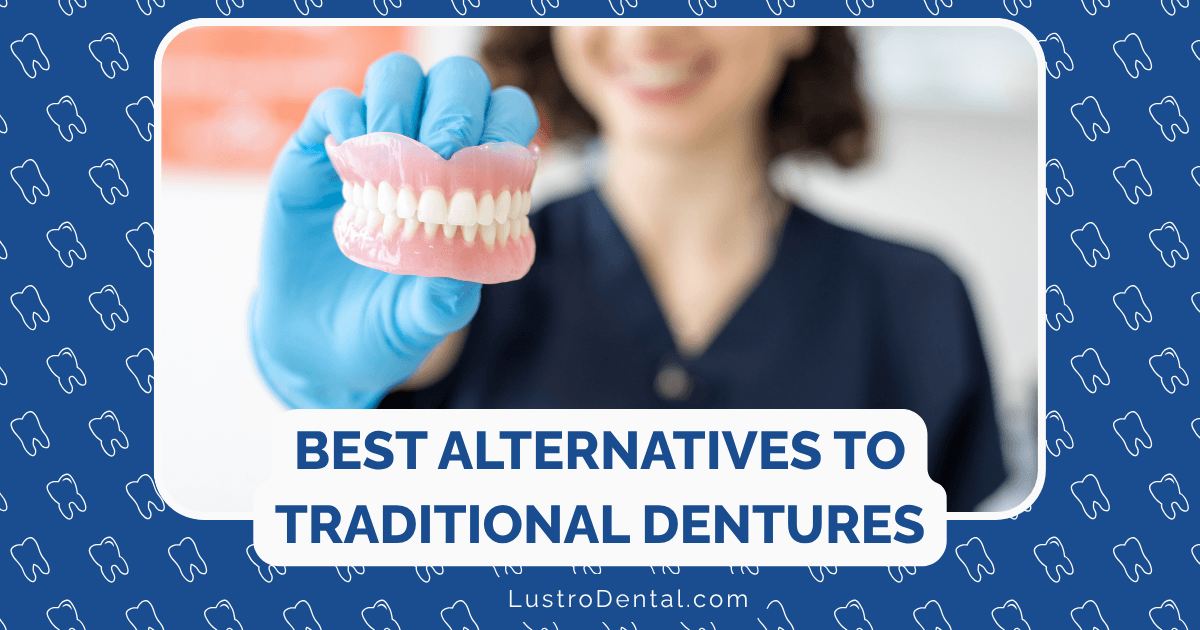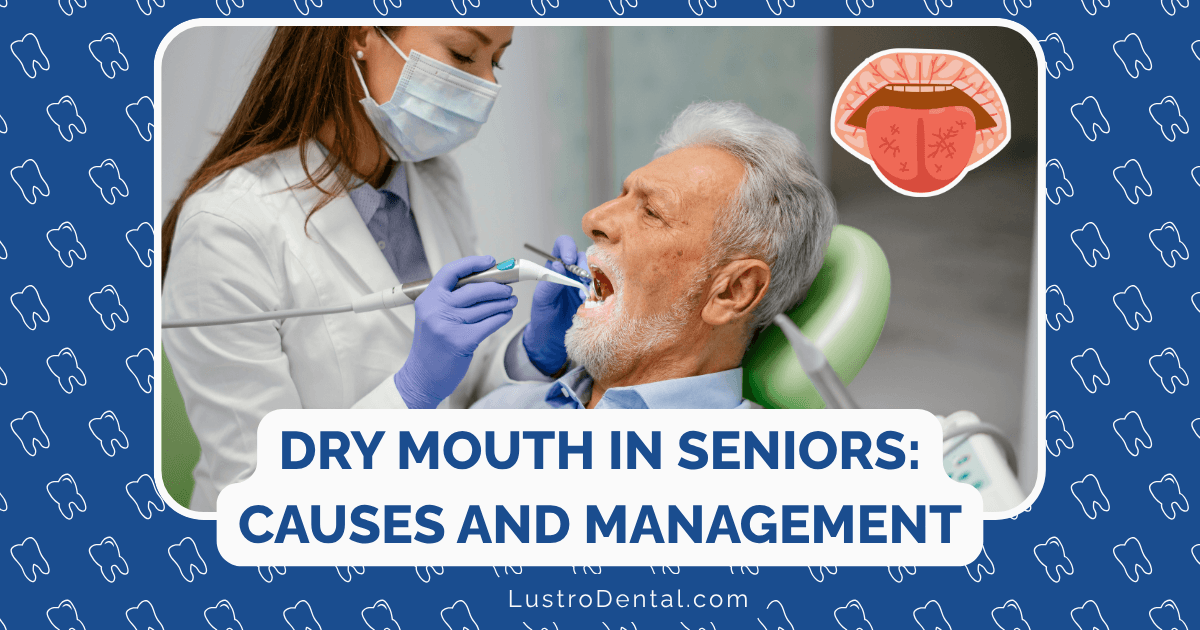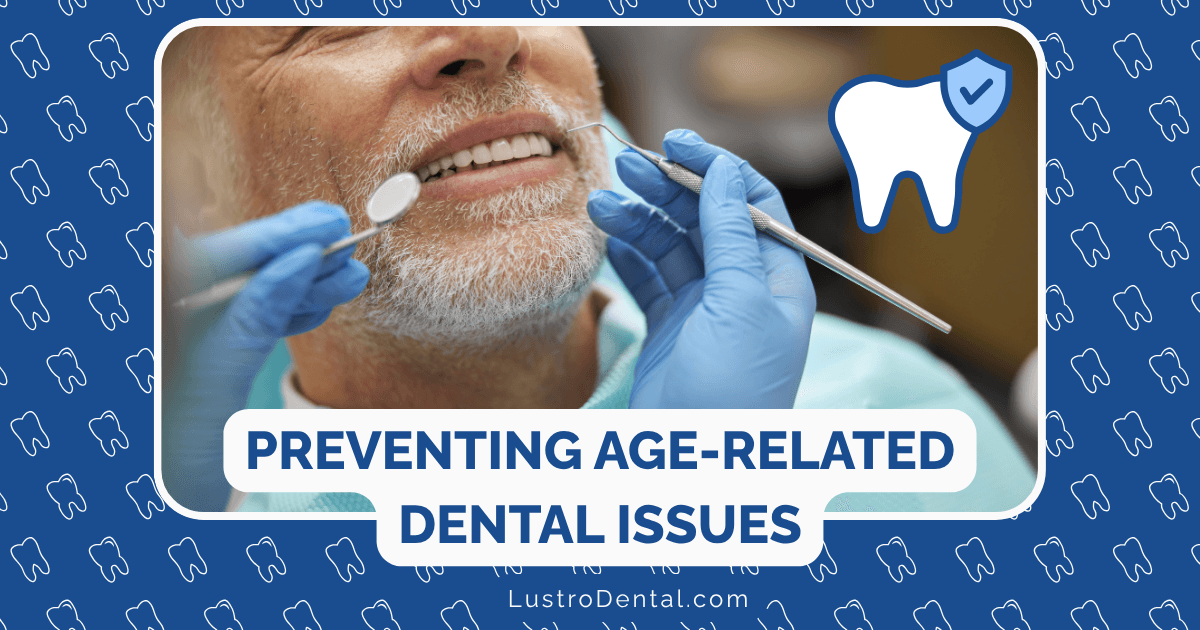Oral Piercings: Dental Risks and Safety Guidelines
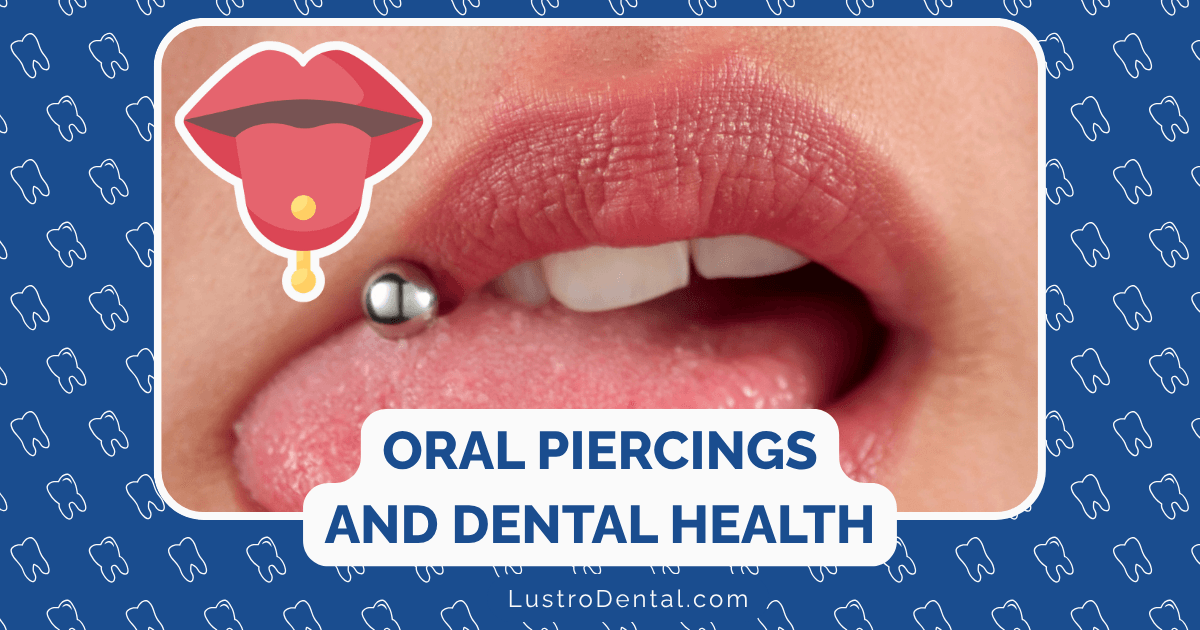
Tongue, lip, and cheek piercings have become increasingly popular forms of self-expression, particularly among adolescents and young adults. While these modifications can be a meaningful way to express individuality, they come with significant dental and overall health risks that many people don’t fully understand before getting pierced.
Whether you’re considering an oral piercing or already have one, understanding the potential complications and proper care guidelines is essential for maintaining your oral health. Let’s dive into what dental professionals want you to know about oral piercings.
Types of Oral Piercings and Their Popularity
Oral piercings come in several varieties, each with its own specific risks:
- Tongue piercings: The most common type, typically placed in the center of the tongue
- Lip piercings: Can be placed in various positions around the lips (labret, Monroe, medusa)
- Cheek piercings: Also known as dimple piercings
- Frenum piercings: Located under the tongue or upper lip
- Uvula piercings: Rare and particularly high-risk
According to recent research, approximately 5% of young adults have oral piercings, with women being four times more likely to have them than men. The tongue is the most frequently pierced oral site, with studies indicating that 10.4% of college students have tongue piercings.
Dental Risks and Complications: What the Research Shows
Recent studies have documented numerous dental risks associated with oral piercings. Dr. Sarah Chen, oral health researcher at the American Dental Association, notes: “The 2025 comprehensive review of oral piercing complications found that 96% of individuals with oral piercings experienced at least one complication, ranging from minor to severe.”
Tooth Damage
- Chipped or fractured teeth: Occurs in approximately 26% of people with tongue piercings due to jewelry clicking against teeth
- Enamel wear: Constant contact with metal jewelry can erode tooth enamel over time
- Tooth sensitivity: Exposed dentin from fractured teeth can lead to painful sensitivity
- Tooth mobility: Some studies report loosening of teeth adjacent to piercings
Dr. Michael Rodriguez, prosthodontist at University Dental Center, explains: “I’ve seen patients with severe tooth fractures requiring crowns or even extractions due to the constant impact of tongue jewelry against their teeth. The damage is often irreversible and can be quite costly to repair.”
Gum Recession and Periodontal Issues
- Gingival recession: Occurs in up to 50% of individuals with lip piercings and 44% with tongue piercings
- Periodontal pockets: Three in five studies report deeper pockets around teeth adjacent to tongue piercings
- Bone loss: Long-term pressure against gums can lead to loss of supporting bone
- Increased risk of periodontitis: Professor Clemens Walter’s research found individuals with oral piercings often exhibited symptoms of periodontitis
The damage is particularly pronounced around the bottom front teeth (mandibular incisors) for tongue piercings, and the teeth directly behind lip piercings.
Infection and Systemic Complications
- Local infections: Swelling, pain, and discharge at the piercing site
- Systemic infections: Including Ludwig’s angina (severe infection of the floor of the mouth)
- Endocarditis: Infection of the heart valves, particularly risky for those with heart conditions
- Bloodborne diseases: Potential transmission of hepatitis and HIV from improperly sterilized equipment
A 2024 study published in the Journal of Oral Pathology found that oral jewelry can harbor harmful bacteria, with metal jewelry showing higher levels of bacterial colonization compared to plastic alternatives.
Other Complications
- Prolonged bleeding: Especially if a blood vessel is punctured during the piercing
- Nerve damage: Can lead to numbness or altered sensation
- Allergic reactions: Particularly to nickel in some jewelry
- Speech impediments: Temporary or permanent changes in speech patterns
- Hypersalivation: Excessive saliva production
- Interference with dental treatment: Making X-rays, examinations, and procedures more difficult
- Choking hazard: From loose jewelry parts
Emily Warren, who had her tongue pierced at 19, shares her experience: “I thought it looked cool, but within six months, my dentist showed me how my gums were receding around my lower front teeth. I also chipped a molar when I accidentally bit down on the barbell. I ended up removing it, but the damage was already done.”
Safety Guidelines: If You Choose to Get Pierced
While the American Dental Association advises against oral piercings due to the health risks, many individuals will still choose to get them. If you decide to proceed, these safety guidelines can help minimize risks:
Choosing a Piercer
- Research thoroughly: Select a licensed, experienced professional with proper training
- Visit the studio: Ensure it’s clean, well-lit, and follows proper sterilization protocols
- Ask questions: About their experience, sterilization procedures, and aftercare guidelines
- Verify credentials: Check that they follow OSHA Bloodborne Pathogens standards
- Confirm autoclave testing: Ask to see documentation of regular spore testing
Dr. Lisa Chen, infection control specialist at Public Health Institute, advises: “Never get pierced at home or by an amateur. The risk of infection and improper placement increases dramatically in non-professional settings.”
Jewelry Selection
- Material matters: Choose high-quality materials such as implant-grade titanium, surgical stainless steel, or 14k gold
- Proper sizing: Initially, longer posts accommodate swelling, but should be downsized after healing
- Appropriate style: Different piercings require specific jewelry designs for comfort and safety
- Avoid cheap metals: Nickel allergies are common and can cause severe reactions
James Peterson, professional piercer at Safe Piercing Association, notes: “The quality of jewelry is just as important as the skill of the piercer. Poor quality materials can lead to irritation, allergic reactions, and prolonged healing times.”
Aftercare: Critical for Reducing Complications
Proper aftercare is essential for minimizing risks and promoting healing:
Immediate Aftercare (First 24-48 Hours)
- Expect swelling: Particularly with tongue piercings, which typically swell for 3-5 days
- Ice therapy: Sucking on ice chips can help reduce swelling
- Medication: Over-the-counter pain relievers can help manage discomfort
- Diet modifications: Stick to soft, cool foods and avoid spicy, acidic, or hot items
- Rest: Allow your body to begin the healing process
Ongoing Care During Healing (2-8 Weeks)
- Oral rinses: After every meal and before bed with:
- Alcohol-free antimicrobial mouthwash
- Warm salt water solution (¼ teaspoon salt in 8 oz water)
- Avoid:
- Alcohol (both drinking and in mouthwash)
- Tobacco products
- Spicy, acidic, or very hot foods
- Chewing gum
- Kissing and oral contact
- Playing with or rotating the jewelry
- Hygiene practices:
- Brush gently around the piercing with a soft-bristled toothbrush
- Use a new toothbrush to avoid introducing old bacteria
- Wash hands thoroughly before touching the piercing or jewelry
- Avoid sharing utensils, cups, or plates
Long-term Care (After Healing)
- Downsize jewelry: Have a professional replace the initial jewelry with a shorter piece to reduce the risk of tooth damage
- Regular dental check-ups: Every six months to monitor for complications
- Remove for sports: Take out oral jewelry before participating in contact sports
- Consider removal: If you notice signs of tooth damage or gum recession
Taylor Martinez, dental hygienist at Oral Health Center, recommends: “Even after your piercing has healed, continue to remove and clean the jewelry regularly. Bacteria and plaque can build up on the metal surfaces, contributing to bad breath and increasing infection risk.”
Warning Signs: When to Seek Help
Be alert for these red flags that require prompt professional attention:
- Excessive swelling: Particularly if it affects breathing or swallowing
- Severe or increasing pain: Pain should gradually improve, not worsen
- Discharge: Yellow or green discharge indicates infection
- Fever: A sign of systemic infection
- Persistent bleeding: Beyond the initial piercing
- Embedding: Jewelry becoming embedded in tissue
- Allergy symptoms: Rash, itching, or excessive redness around the piercing
- Tooth damage: Chipping, cracking, or increased sensitivity
- Gum changes: Recession, bleeding, or swelling of the gums
Dr. James Wilson, emergency dentist at Urgent Dental Care, emphasizes: “Don’t wait to seek help if you notice these warning signs. Oral infections can progress rapidly and lead to serious complications due to the rich blood supply in the mouth and proximity to the brain.”
Alternatives to Consider
If you’re drawn to the aesthetic of oral piercings but concerned about the risks, consider these alternatives:
- Magnetic jewelry: Non-invasive options that don’t require piercing
- Clip-on lip rings: Temporary options for occasional wear
- Temporary tattoos: For the lip or inside of the mouth
- Ear or nose piercings: Generally pose fewer risks to oral health
- Semi-permanent makeup: For lip enhancement without piercing
Making an Informed Decision
The decision to get an oral piercing is personal, but it should be an informed one. Consider:
- Long-term commitment: Are you prepared for the ongoing care requirements?
- Health history: Certain conditions (diabetes, heart issues, immune disorders) significantly increase risks
- Professional impact: Will a visible oral piercing affect your career prospects?
- Financial considerations: Not just the initial piercing cost, but potential dental work if complications arise
- Reversibility: While you can remove the jewelry, some damage (tooth fractures, gum recession) is permanent
The Bottom Line: Balancing Expression and Health
Oral piercings represent a form of self-expression that’s meaningful to many people. However, they come with significant risks to your oral and overall health that shouldn’t be taken lightly.
If you choose to proceed with an oral piercing, following proper safety guidelines and aftercare protocols can help minimize—though not eliminate—these risks. Regular dental check-ups become even more crucial to monitor for complications and address them before they become severe.
Remember that your dentist’s goal isn’t to judge your choices but to help you maintain optimal oral health. Be open with your dental professionals about your piercings so they can provide appropriate guidance and care.
Have you experienced complications from an oral piercing, or do you have questions about caring for an existing piercing? Share your experiences or questions in the comments below!



